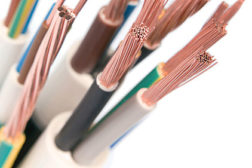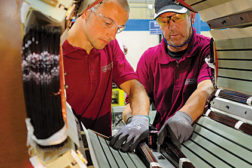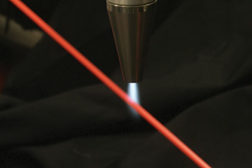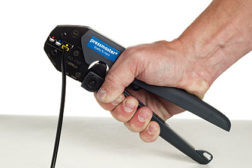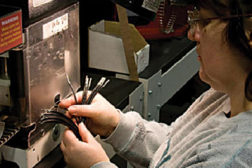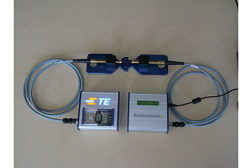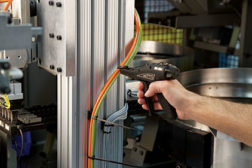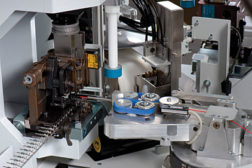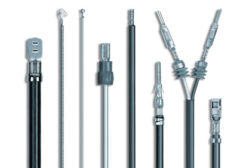Wire Processing Assembly
Copper Strikes Back!
New, high-strength copper alloys enable automakers to use thinner wires in their harness designs.
April 1, 2013
Assembling Motors and Bearings at Baldor
Baldor benefits from investing in U.S. assembly operations.
April 1, 2013
Improving Printability of Wire and Cable
By raising surface polarity, atmospheric plasma treatments optimize the adhesion properties of insulation materials.
April 1, 2013
Handheld Crimping Tools
Hand tools are ideal for prototyping, repair and small production runs.
April 1, 2013
Reborn Company Reshores Harness Manufacturing Jobs
From the 1960s through the 1990s, business was humming at Northwest Regulator Supply in Portland, OR.
March 1, 2013
Wire Processing
Should You Invest in Fully Automatic Stripping and Crimping Machines?
if you need to produce thousands of identical crimped wires in a shift, you need a fully automatic cutting, stripping and crimping system.
January 3, 2013
Never miss the latest news and trends driving the manufacturing industry
Stay in the know on the latest assembly trends.
JOIN TODAY!Copyright ©2024. All Rights Reserved BNP Media.
Design, CMS, Hosting & Web Development :: ePublishing

